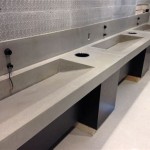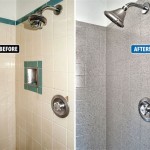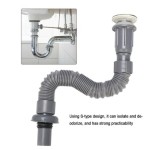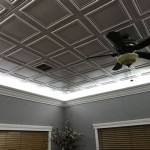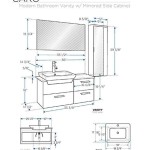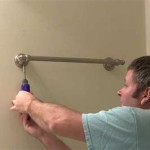Bathroom Sink Vent Stack: Ensuring Proper Drainage and Odor Control
Bathroom vent stacks are crucial components of any plumbing system, responsible for venting sewer gases and maintaining proper water flow in sinks and showers. Understanding the essential aspects of a bathroom sink vent stack is essential for any homeowner seeking to ensure optimal bathroom functionality.
This article will delve into the key aspects of a bathroom sink vent stack, providing insights into its purpose, components, installation requirements, and potential issues that may arise. By understanding these elements, homeowners can make informed decisions about maintaining a functional and odor-free bathroom.
Purpose of a Bathroom Sink Vent Stack
A bathroom sink vent stack serves two primary purposes:
- Venting Sewer Gases: It allows sewer gases to escape the drainage system and prevents them from entering the living space.
- Preventing Water Blockage: The vent stack creates a vacuum that helps water flow smoothly through the drainpipe, preventing blockages and gurgling sounds.
Components of a Bathroom Sink Vent Stack
A typical bathroom sink vent stack consists of the following components:
- P-Trap: A curved pipe beneath the sink that forms a water seal to prevent sewer gases from escaping.
- Drainpipe: Connects the P-trap to the vent stack.
- Vent Stack: A vertical pipe that extends from the top of the drainpipe to the roof.
- Roof Vent: A vent cap installed on the top of the vent stack to allow gases to escape.
Installation Requirements
Proper installation of a bathroom sink vent stack is essential for its effective functioning:
- Vent Stack Size: It should be at least 1.5 inches in diameter.
- Vent Stack Height: It should extend at least 6 inches above the roofline.
- Distance from Drain: The vent stack should be located within 6 feet of the drain.
Potential Issues and Troubleshooting
If a bathroom sink vent stack is not functioning properly, it can lead to various issues such as:
- Slow Drainage: Insufficient venting can cause water to drain slowly.
- Gurgling Noises: Air trapped in the system can create gurgling sounds.
- Sewer Gas Odors: A damaged or blocked vent stack can allow sewer gases to enter the bathroom.
Troubleshooting involves inspecting and repairing the P-trap, drainpipe, or vent stack. Professional assistance may be necessary if the issue persists.
Conclusion
Understanding the essential aspects of a bathroom sink vent stack is crucial for homeowners seeking a functional and odor-free bathroom environment. By considering the purpose, components, installation requirements, and potential issues, homeowners can make informed decisions about maintaining a properly functioning vent stack. This ensures optimal drainage, prevents sewer gas odors, and contributes to the overall well-being of the occupants.

Plumbing Vents 101 What You Need To Know Innovative Pros Llc

Vent Options For Plumbing Drains Fine Homebuilding

How To Vent A Toilet Sink And Shower Drain

Figuring Out Your Drain Waste Vent Lines Dummies

What Is A Plumbing Vent Pipe For Richmond Home Inspector
Can You Drain A Sink Into Toilet Vent Quora

Vent Options For Plumbing Drains Fine Homebuilding
Can You Vent A Toilet Line Through Sink Drain Quora

How Does Your Bathroom Sink Drain And Vent Pipes Work

Vent Options For Plumbing Drains Fine Homebuilding
Related Posts

